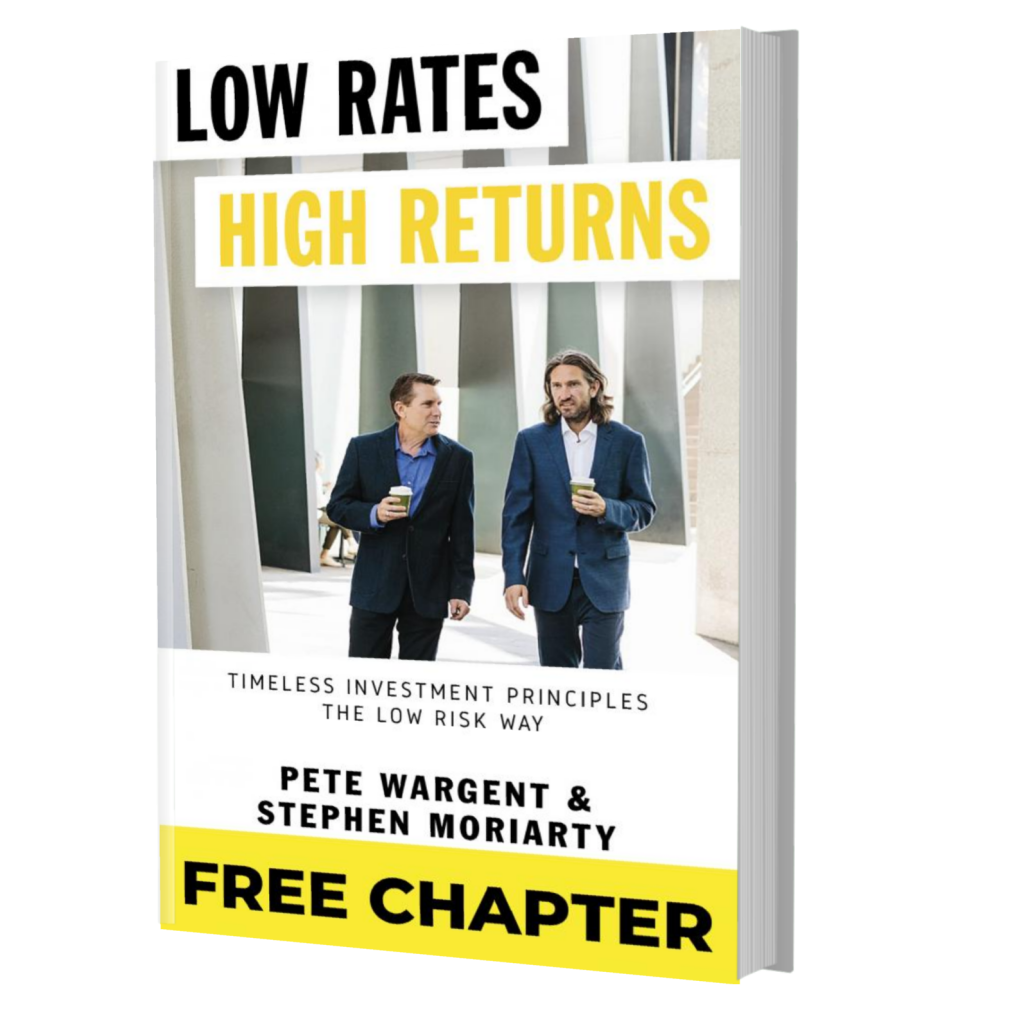Endless complexity
Although never particularly good at it, I was transfixed by playing chess at junior school, a strategic game of potentially infinite complexity and intrigue.
Although the starting position is always the same and there are only 20 possible positions after the first white piece is moved (16 pawn moves & 4 knight moves), after one move by each player there are suddenly 400 possible positions (20 x 20), and after just four moves by each player the number of possible positions explodes to an unfathomable 288,000,000,000.
That is, 288 billion!
What appears to be a deceptively simple board game with just 8 pieces and 8 pawns for each player has an utterly stupendous number of permutations.
Anyone playing a simple Lotto numbers pick for years without ever winning a major prize should become familiar with this concept.
Forecasting fallacy
Now if you think chess is complex, try financial markets for size!
Consider share market forecasts, which depending upon the index in question might incorporate the fortunes of dozens or even hundreds of companies.
And then there are thousands of different shareholders and participants within those indices, from high-frequency, momentum, & swing traders, to value investors, investment banks, index funds, superannuation funds, hedge funds, and more.
As if that wasn’t complex enough, then add an extra layer for all of the different macro & micro factors which impact businesses and demand for their products and services.
Even if you could forecast the future demand for the buying and selling of stocks – which you can’t – there’s certainly no way you can forecast stock supply shifts (e.g. will firms raise capital by issuing shares or raising debt?), which presumably renders most medium-term share market forecasts somewhat meaningless.
Accurate forecasting remains a similarly remote prospect for most other financial & investment markets, including housing, with more than 10 million dwellings spread across Australia and an almost limitless number of variables determining what plays out within each sub-market.
And yet, we still ‘do’ forecasts, and to some extent we need to.
Anyone that’s worked as a listed company accountant will be familiar with the necessary evil that is the annual budgets & forecasting ritual.
Established companies can develop fairly sophisticated models for forecasting annual revenues, but even then each year’s ‘base case’ forecasts can become obsolete surprisingly quickly, to be superseded by rolling forecasts in monthly management accounts.
3 types of market forecast
Con Michalakis, CIO of Statewide Super, identifies three popular types of market forecast:
(i) Momentum/more of the same – perhaps, on balance, the most likely to be right, & a pragmatic approach;
(ii) Value/mean reversion – a classical approach & the most revered, even if often wrong; and
(iii) Black or grey swan – looking for fame/”I told you so”
There may be some variations on these themes, but you can allocate most market forecasts into these three categories.
Roll forward to next year, and some forecasts will have been close to the mark, and whether through luck or skill the forecasters are celebrated as prescient, while other predictions will be wildly wrong and quietly played down or forgotten (or in the case of black/grey swan forecasts, pushed out to a new time horizon).
Does forecasting have merit or worth? It does, but forecasts need to be used in context, and there needs to be due consideration of tail risks.
Indeed both investors and businesses need to acknowledge and assess forecasts, but they should do so in the context of their own situation, plans, and risk management strategies.
Finally, in any given year you might be the best forecaster in the world, but if you have no skin in the game you might just as well be forecasting the weather in Timbuktu.
You might get a prediction or three right, but, in the end, who cares?





